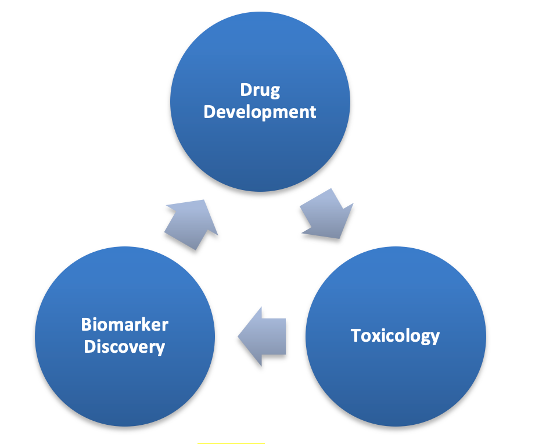In Vitro Cross Species Comparison Service
Why Do In Vitro Cross Species Comparison
Different species may respond differently to drugs or compounds due to variations in metabolism, receptor expression, or other factors. Therefore, conducting cross-species comparisons can provide valuable insights into the potential efficacy, safety, or toxicological profiles of compounds.
In vitro cross-species comparison is a valuable tool in preclinical drug development for assessing the translational relevance of experimental findings and improving the predictability of drug responses in humans.
Our Service
Creative Biolabs offers in vitro cross species comparisons, which use in vitro models to perform experiments to assess similarities and differences in biological responses between different species, such as drug metabolism, toxicity, or efficacy. This approach is valuable in preclinical drug development to assess the translational relevance of experimental results between animal models and humans. Here are some of the services Creative Biolabs provides:
Animal Species
-
Creative Biolabs provides relevant animal species based on your specific research goals and data expectations. You can find any species you need in our In Vivo PK unit. In addition, we offer corresponding human cell lines.
In Vitro Models
-
Creative Biolabs offers the in vitro models you need, such as primary cells, cell lines, or organotypic cultures. These models can come from different species to help you achieve a comparison of responses from different species.
Cell-based Assays
-
Creative Biolabs offers a range of cell-based assays to assess various endpoints such as cell viability, proliferation, apoptosis, gene expression, or protein activity.
Comparative Transcriptomics
-
Comparative transcriptomics can identify expression patterns of conserved genes to identify homologs that perform the same function in different organisms, highlight genes that are critical to biological processes, and study gene evolution from the perspective of gene expression. Large-scale comparative transcriptomic analysis across species compared plant differential gene expression (DGE), gene expression profiles, co-expression networks, and quantitative trait loci (eQTLs).
If you have needs other than the above services, you can contact us directly to obtain the corresponding information.
Published Data
In this study, two models of tissue regeneration were used for metabolomic analysis. The researchers constructed tissue profiles of juvenile and adult primates, and found that high regenerative capacity was associated with active pyrimidine metabolism and fatty acids. In addition, it has been identified that cross-species conserved metabolites can rejuvenate senescent human stem cells and promote tissue regeneration in vivo.
 Fig.1 Experimental design ideas.1
Fig.1 Experimental design ideas.1
|
Cross-species transcriptome analysis of different regenerative capacities
|

Fig.2 Cross-species transcriptome analysis of different regenerative capacities.1
|
Genome-wide RNA sequencing revealed that differentially expressed genes overlapped extensively in salamanders and NHP. Regeneration-related gene ontology was upregulated in DPA11 and NHP. The up-regulated DEG was enriched in metabolism and was also associated with regeneration-related genes, and the up-regulation of mitochondrial and metabolic pathways in regenerated tissue cells was also observed.
|
|
Metabolome analysis of different regenerative capacities across species
|

Fig.3 Metabolome analysis of different regenerative capacities across species.1
|
The UPLC-MS/MS metabolomics method was used to analyze the metabolites in the samples (Fig.3 a). Fig.3 b shows the results of PLS-DA analysis.
|
Applications of In Vitro Cross Species Comparison
 Fig.4 Applications of in vitro cross species comparison.
Fig.4 Applications of in vitro cross species comparison.
-
Cross-species comparison studies can help assess the translatability of preclinical findings from animal models to humans, aiding in drug candidate selection and optimization.
-
Evaluating the toxicity of compounds across species can help identify potential safety concerns and inform risk assessment strategies.
-
Comparative studies can also be used to identify species-specific biomarkers or molecular signatures associated with drug response or disease progression.
If you want to learn more about metabolic identification, click here!
Reference
-
Liu, Zunpeng et al. "Cross-species metabolomic analysis identifies uridine as a potent regeneration promoting factor." Cell discovery. (2022) 8,1 6.
For Research Use Only | Not For Clinical Use


 Fig.1 Experimental design ideas.1
Fig.1 Experimental design ideas.1


 Fig.4 Applications of in vitro cross species comparison.
Fig.4 Applications of in vitro cross species comparison.
 Download our brochure
Download our brochure